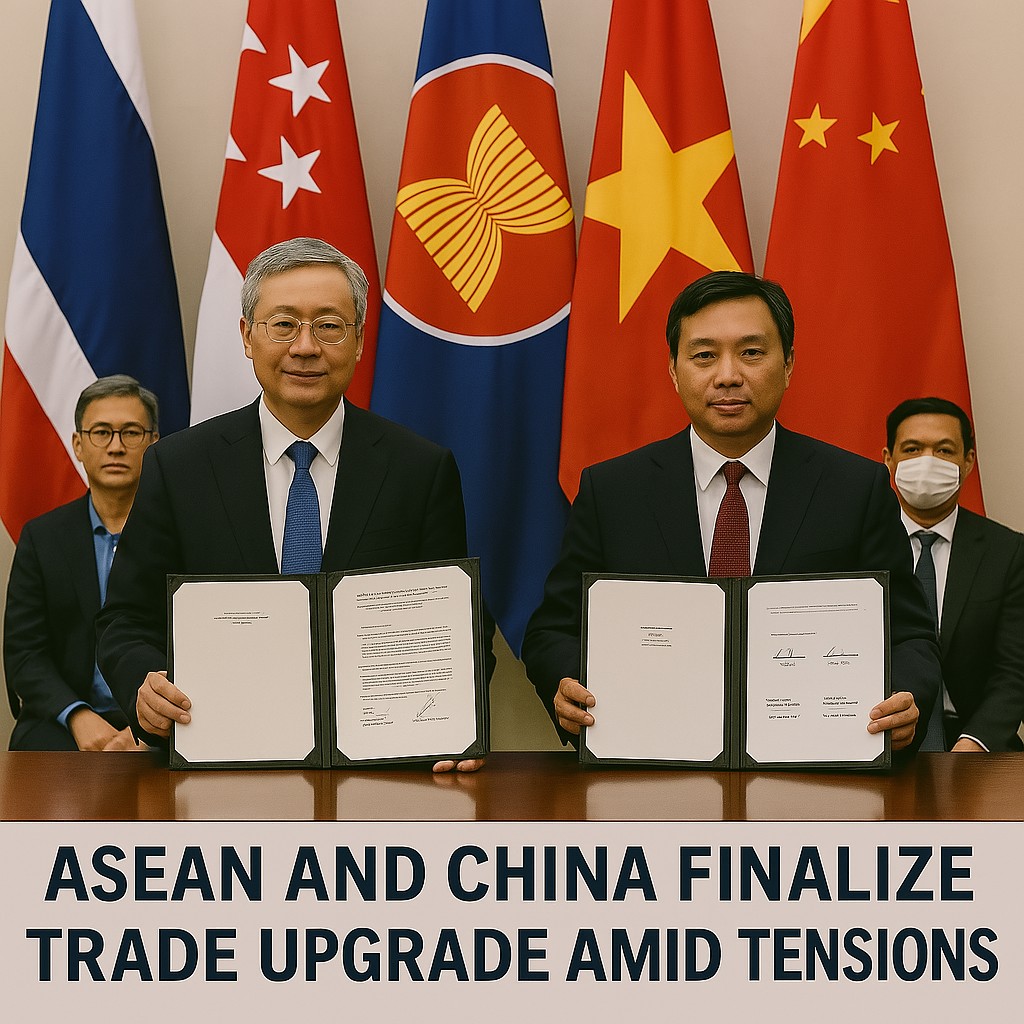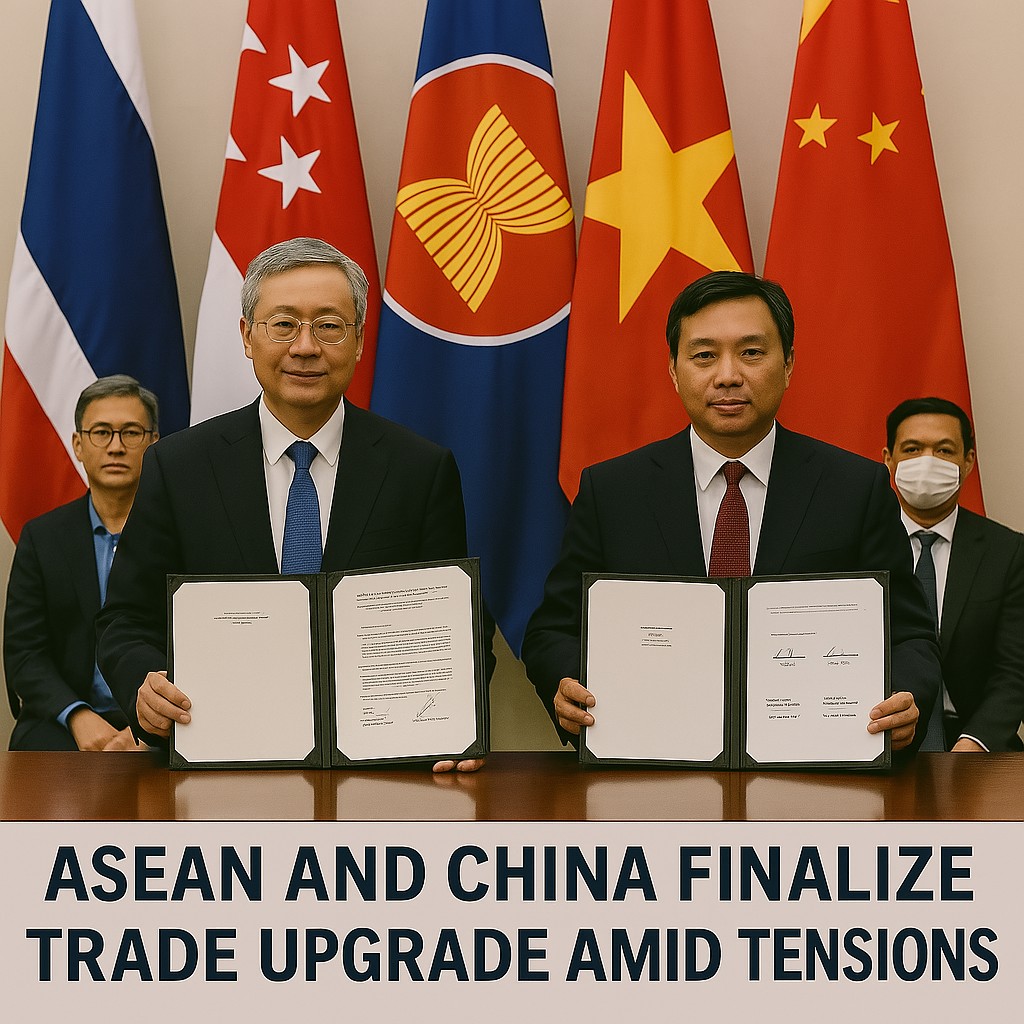
On July 12, ASEAN and China finalized a sweeping upgrade to their free trade agreement, expanding cooperation in the digital economy, green energy, and supply chain connectivity. The pact, along with a five-year action plan covering 40 sectors, will be submitted to leaders in October.
While hailed as a milestone in regional integration, the timing is fraught. Just days earlier, President Trump announced steep tariffs—up to 40%—on Southeast Asian exports to the U.S., including from Indonesia, Thailand, and Laos. The move complicates ASEAN’s balancing act between its largest trading partners.
China’s push for a regional code of conduct in the South China Sea by next year adds another layer of strategic calculus. Critics warn that economic incentives may mask deeper sovereignty concessions, especially for claimant states like the Philippines and Vietnam.
The juxtaposition of trade optimism and tariff retaliation underscores Southeast Asia’s precarious position in the great power rivalry. Economic growth remains a priority—but not at the expense of national integrity.




